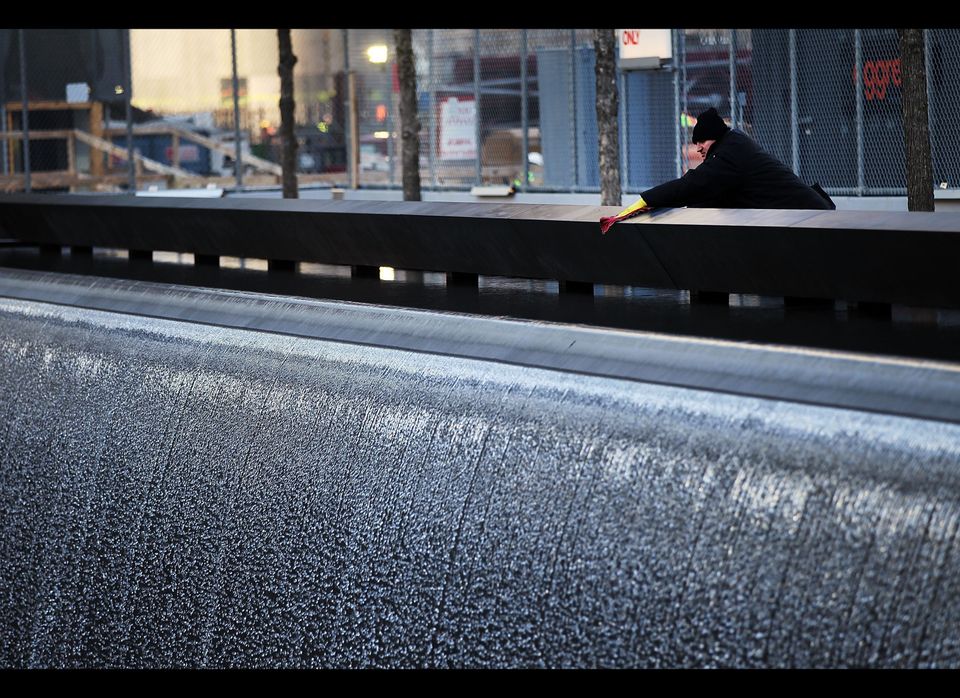
After 10 long years of wavering and indecision, the World Trade Center powers that be have finally agreed on a master plan. The cavernous hole known as Ground Zero has a new group of skyscrapers transforming New York City's downtown skyline. A brand-new, beautiful and livable urban area has surfaced with innovative and fresh restaurants, hotels and public spaces.
Reflecting Absence, dedicated on September 11, 2011, is the contemplative memorial which marks the footprints of the old towers; the building of One World Trade Center is moving along at an encouraging pace. It will reach its 1,776-foot apex 2012.
I had the opportunity to visit the 9/11 Memorial recently, reserving my free timed pass to visit ahead of time, due to ongoing construction on surrounding WTC projects. Reflecting Absence occupies half of the 16 acres World Trade Center site and consists of two enormous pools set in the footprints of the Twin Towers. Thirty-foot waterfalls cascade down all sides and hundreds of white oak trees line the surrounding plaza. The names of the 2,983 victims of the attacks at the WTC site, at the Pentagon and aboard Flight 93, as well as the WTC's bombing on February 26, 1993, are inscribed into bronze panels surrounding the pools.
Unlike any other memorial in the world, the names of the victims are arranged by a concept that architect Michael Arad describes as "meaningful adjacencies," guided by where people were on 9/11, who they were with and by more than 1,200 requests made by victims' next of kin for individual names to be next to one another. The memorial is one of the most sustainable, green plazas ever built and serves as an eight-acre green roof on top of seven stories of below-grade spaces including a train station.
All but one of the trees on the site are swamp white oaks taken from areas impacted on 9/11. The one that is not -- standing at a place that I found incredibly moving -- is a Callery pear tree that became known as the Survivor Tree. After sustaining extensive damage it somehow lived through the attacks. In October, 2001, the tree with lifeless limbs, snapped roots and blackened trunk was discovered and freed from the wreckage at the WTC complex.
When I visited the memorial, I was among hoards of visitors. As we filed onto the site, I feared that being able to truly connect and relate to this uniquely significant place would be difficult, if not impossible. I'm glad to report that everyone there maintained a respectful silence, sitting on surrounding benches lost in private thoughts or quietly hunting for names meaningful to them and once found, gently running their fingers over the engravings.
Now, a decade along, downtown New York City has not only recovered, it's been reborn. With a nod to the past and an eye toward the future, the World Trade Center site lives once more.
